Android 3.1 on the ASUS Eee Pad Transformer
by Anand Lal Shimpi on May 28, 2011 8:15 PM EST- Posted in
- Tablets
- Eee Pad
- Asus
- Smartphones
- Android 3.1
- Mobile
I was pleasantly surprised by ASUS' Eee Pad Transformer. In a sea of clones, ASUS managed to produce the first Honeycomb tablet that was truly different in more than just styling and software preload. As the first PC maker to build a Honeycomb tablet, ASUS brought some new perspective to the game - which had previously been dominated by players from the smartphone industry.
From a hardware standpoint, the Eee Pad Transformer was nothing new. Its mostly plastic construction helped keep costs down but ASUS managed to get the overall device to feel pretty decent, aside from some creaking. The form factor itself was quite pleasant, the Eee Pad felt good to hold. Internally driven by NVIDIA's Tegra 2 SoC, performance and battery life were similar to other Honeycomb tablets we'd reviewed. Not as good as the iPad 2, but still better than most notebooks/netbooks. ASUS also shopped at the right places for the display panel: its quality and characteristics rivaled those of the iPad 2. In fact our only real complaint about the Eee Pad was that its display was far too glossy. It's not a huge problem indoors but held up against rival Samsung's Galaxy Tab 10.1 or the iPad 2 and it is distracting.
By avoiding an aluminum chassis, ASUS was able to build and sell the Eee Pad for $399 - making it the cheapest Honeycomb tablet on the market today. Price alone isn't what ASUS was leaning on however. The real selling point of the Eee Pad is its ability to transform into a 10.1-inch netbook via an optional keyboard+battery dock. With a street price of $150 and often available in more affordable bundles, the dock gave us a peak at one potential future of computing. As a standalone tablet the Eee Pad held its own against the competition, but when docked it became virtually indistinguishable from a low end PC. Apps like Polaris Office give you access to read/write Word and Excel documents, while the full keyboard and mouse make typing long emails or even articles so much better. It's not the perfect PC replacement as a number of file types are still not supported (Polaris won't let you so much as view a .pptx file) but it's amazingly competent for an OS with its roots in smartphones. The extra battery life you get from the dock was also much appreciated. As a glorified typewriter, the combination would easily last you on a flight from California to Japan (or LA to Taiwan like I'm on today). The solution has potential, but it also has problems.
I ran into a number of hiccups with the setup in my review of it last month. Some of the issues were of course due to the early nature of Honeycomb, while others were just problems with ASUS' implementation. Just yesterday ASUS gave me a drop of the OTA (over the air) update that's coming to all Eee Pad users on Monday. This update will give the Eee Pad Android 3.1, the long-awaited point release to Honeycomb that is supposed to fix bugs, improve performance and even enable some new functionality. Xoom owners got access to the update earlier this month thanks to it being Google's launch device for Honeycomb, but ASUS isn't far behind.
I haven't had a lot of time with the update but I wanted to go over some of the enhancements and give you Eee Pad users a preview of what's to come on Monday.
Improved 3D Performance
Just as we have different CPU/GPU configurations for notebooks and desktops, in the future I'm expecting to see different SoCs targeted at smartphones and tablets. Today however, the two share a common architecture with most SoCs optimized for the larger portion of the market - smartphones. The current one-size-fits-all approach has consequences for tablets. NVIDIA's Tegra 2 for example is clearly built for smartphones with either a 800 x 480 or 960 x 540 display resolution, however it's used in tablets running at 1280 x 800. With nearly twice as many pixels to render it's not surprising that while the Tegra 2 performs exceptionally well on a smartphone, its 3D performance suffers on a high resolution tablet. It's no different than buying a PC video card - a GPU that performs well on a 1680 x 1050 display may not be able to drive a 2560 x 1440 display.
In our first Honeycomb review I complained that some UI animations and transitions lacked the smoothness that I expected from a fully GPU accelerated UI. Google argued that part of the reason was the display resolution, but it also conceded that there was still room for improvement in drivers. Android 3.1 gives us that improvement.
The performance impact is easily seen in our standard 3D benchmarks. Let's start with GLBenchmark 2.0:
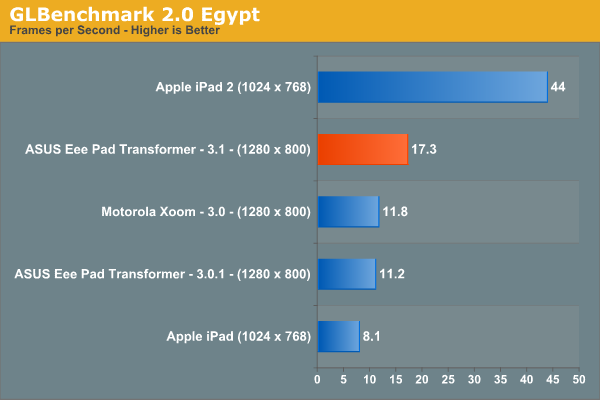
The Egypt benchmark saw a 54% increase in performance. I don't doubt that some of this performance improvement was NVIDIA simply optimizing for the benchmark, but a lot of it translates into real world performance improvements as well.
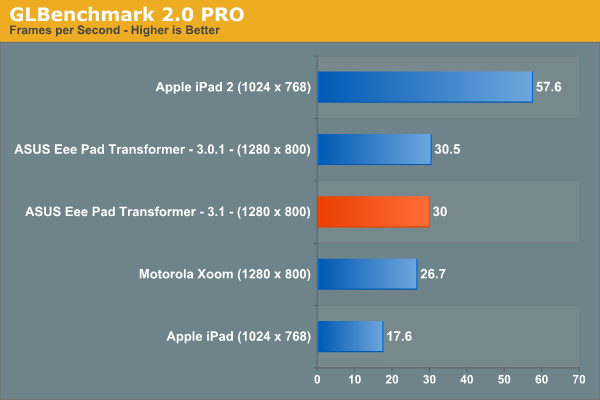
GLBenchmark PRO doesn't show any increase in performance by comparison, perhaps indicating that we'll see a greater increase in OpenGL ES 2.0 workloads.
We've added two new tests to the suite from Rightware: Taiji and Hover from the BaseMark ES2.0 suite (basically the updated version of 3DMarkMobile):


3D performance improves in both tests by 24% and 10% respectively.
The impact on GPU performance isn't limited to just 3D games, the Honeycomb UI is now noticeably quicker. Everything is snappier, which implies more than just a GPU performance improvement but the other part of that is an improvement in UI frame rate. Swiping between home screens is pretty similar to 3.0.1, but the experience is far more consistent. While 3.0.1 was more likely to chop, 3.1 seems to be more resistant to slowdowns that impact UI speed. Renegade background apps can still ruin the experience - caching songs from Google Music in the background made the Eee Pad extremely slow.
Calling up the app launcher is still not smooth, but boy is it smoother/faster than before. Even details like the circle animation when you unlock the device are smoother on 3.1.
The iPad 2 still does a better overall job of giving the UI thread high priority and keeping the interface running at full frame rate, but Android 3.1 takes a step in the right direction. If you were unhappy with the UI experience on 3.0.1, the experience with 3.1 is a lot better but still not perfect. If you were happy with 3.0.1 however, prepare to be even happier.


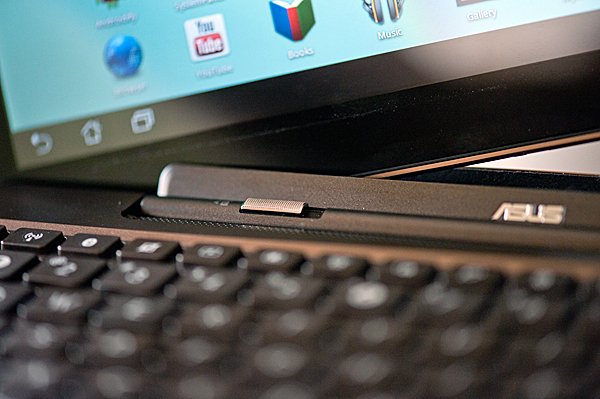
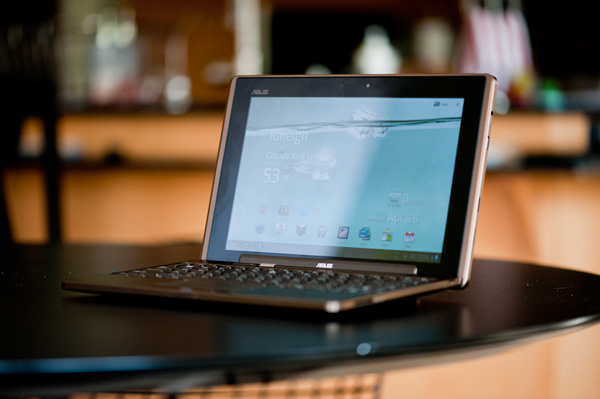
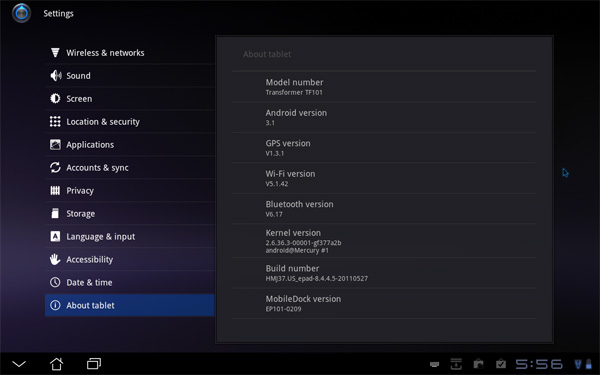

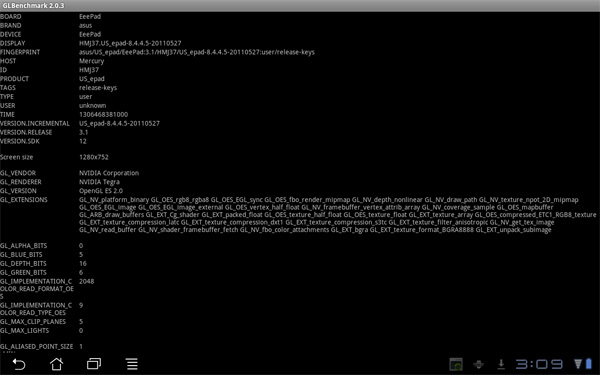
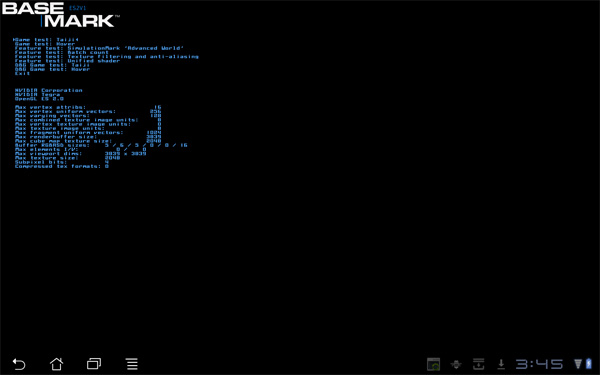








43 Comments
View All Comments
uncola - Sunday, May 29, 2011 - link
3.1 running great on my asus transformer. youtube app plays 720p smooth as heck now. also it's just generally faster and the scroll bar in the browser is awesome, no lag at all scrolling top to bottom on engadget.com is worth the tearing to meZingam - Monday, May 30, 2011 - link
How about scrolling complex PDF documents. Zooming-in and out.And how about PDF documents of scanned pages as large images (non OCRed)?
jalexoid - Monday, May 30, 2011 - link
"THEY REFUSED TO PAY FOR SHIPPING"What company pays for shipping of items under warranty?
khimera2000 - Monday, May 30, 2011 - link
Dont know... but dell makes free house calls on my warrenty, and didnt do a shaby job to :) plus i got to see the inside of my notebook without voiding the warenty this time around :Drobinthakur - Tuesday, May 31, 2011 - link
The Acer is built even worse than the Asus! I think you were just unlucky unfortunately, but Asus quality control has annoyed me too in the past with DOA motherboards and graphic cards and naturally, the support is about as useful as a chocolate teapot.softdrinkviking - Sunday, May 29, 2011 - link
Anand, I am seriously hoping that there is some details on the upcoming Asus Slider at computex. I read some rumours about Asus changing the Tegra 2 for the new Atom, which would make sense, especially if they put a Win 7 device out.I wonder 1. how that will effect battery life VS the transformer device, and 2. how the GPU will work out in an atom based slider VS the Tegra 2 in the transformer.
Mishera - Sunday, May 29, 2011 - link
I'm looking forward to the Slider too. I cant help but to wonder if this form factor is what intel needs to jump into the tablet market, but It doesn't seem like android is the os solution. Maybe we'll see some iteration of mameo on these devices in the future.unidentifiedbones - Sunday, May 29, 2011 - link
I think this says it all
'....but it's amazingly competent for an OS with its roots in smartphones'
Still an overgrown smartphone with very limited capabilities.
Still waiting for a tablet that doesn't break the bank, with good battery life that can run a real operating system at acceptable speeds.
Until that day all tablets remain very limited media consumption devices with little more than toy value.
Until that day, my wallet stays closed.
ishbuggy - Tuesday, May 31, 2011 - link
Exactly what I've been thinking. I need more than a device built for consumption.Skott - Sunday, May 29, 2011 - link
I been wanting a tablet for a year now but so far haven't bothered. I don't want an Apple product. The iPad2 is nice but I'm so tired of Apple this and Apple that. I want something different. The Xoom was the first thing that had me tempted to buy but I have held off to see what else was out there. I'm glad now I did.The ASUS Transformer has me very tempted. The new enhancements makes it even more enticing. Debating to whether hold off more and see what the Summer/Fall brings. I'm hoping by late Fall there will be better Android tablets. The ASUS Transformer is very tempting though.